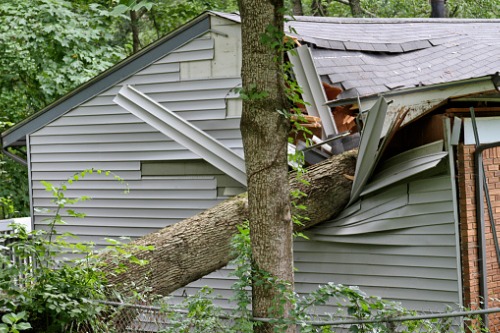

Insured losses to onshore properties from Hurricane Sally are projected to be around $2 billion, according to an estimate by catastrophe-modeling firm Karen Clark & Company (KCC). The estimate includes privately insured wind and storm-surge damage to residential, commercial and industrial properties and automobiles. If does not include National Flood Insurance Program losses, losses to offshore assets, or any potential impacts on losses due to COVID-19.
Hurricane Sally made landfall Wednesday near Orange Beach, Ala., with sustained winds of up to 105mph, according to KCC. Sally was the first hurricane to make landfall in Alabama since 2004’s Ivan, which hit the state 16 years earlier to the day. With Sally’s impact, eight named storms have hit the US this season, the most by mid-September on record.
Sally began to rapidly degrade as it moved inland toward the Florida Panhandle, and maximum sustained winds dropped to 80mph by Wednesday evening. It had degraded to a tropical storm and then into a tropical depression as it headed toward Georgia, KCC said.
Severe wind damage was limited to areas near the coast. There were isolated incidents of structural damage, including damage to roofs and walls. Lower levels of damage, such as damage to siding and roof coverings, was more widespread, KCC reported. More than 500,000 people were left without power as strong winds knocked over power lines in Alabama and Florida.
